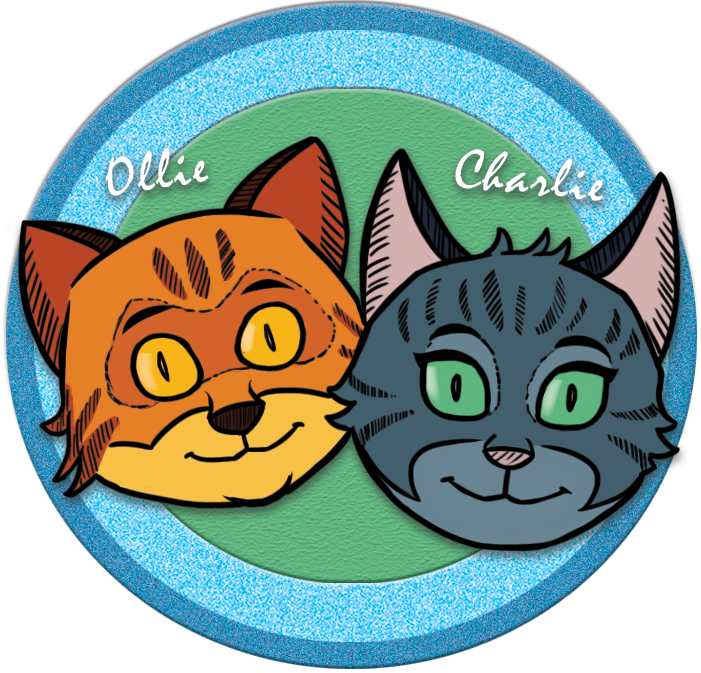Percussion
History
A percussion instrument is one that is struck with the hand, a beater or a stick, or shaken to produce sound. Percussion instruments are generally divided into two groups: tuned and untuned percussion. Tuned percussion refers to instruments that contain a musical scale when struck, and untuned percussion has no definite note pitch and is generally used to create rhythmic patterns or keep a steady beat.
Facts & Features
Percussion is the oldest of all the musical instrument families. These instruments emerged in various cultures as early as 6000 B.C.
Drums are the oldest of all percussion instruments and have been used for war, ceremonies, dancing and musical entertainment.
Tuned percussion instruments include the xylophone, marimba, glockenspiel, timpani and tubular bells. The snare drum, bass drum, tambourine and cymbals are examples of untuned percussion.
Orchestral percussionists play several percussion instruments throughout the course of a piece of music.
The piano is considered a percussion instrument, because small mallets hit its strings, which are set in motion by the striking of fingers on the keys. It is called a chordophone.
Famous Players
Vida Chenoweth - (1929-)
Keiko Abe - (1937-)
Emmanuel Séjourné - (1961-)
Peter Sadlo - (1962-2016)
Evelyn Glennie - (1965-)
Music To Listen To
Bartók - Sonata for 2 pianos and percussion – timpani
Jennifer Higdon - Percussion Concerto
Saint Seans - Fossils from The Carnival of the Animals - xylophone
Steve Reich - Drumming
Panufnik - Concertino for Timpani, Percussion and Strings
Find Out
Who composed the Paper Percussion Concerto?
Which percussion instrument has to be tuned before it is played?
